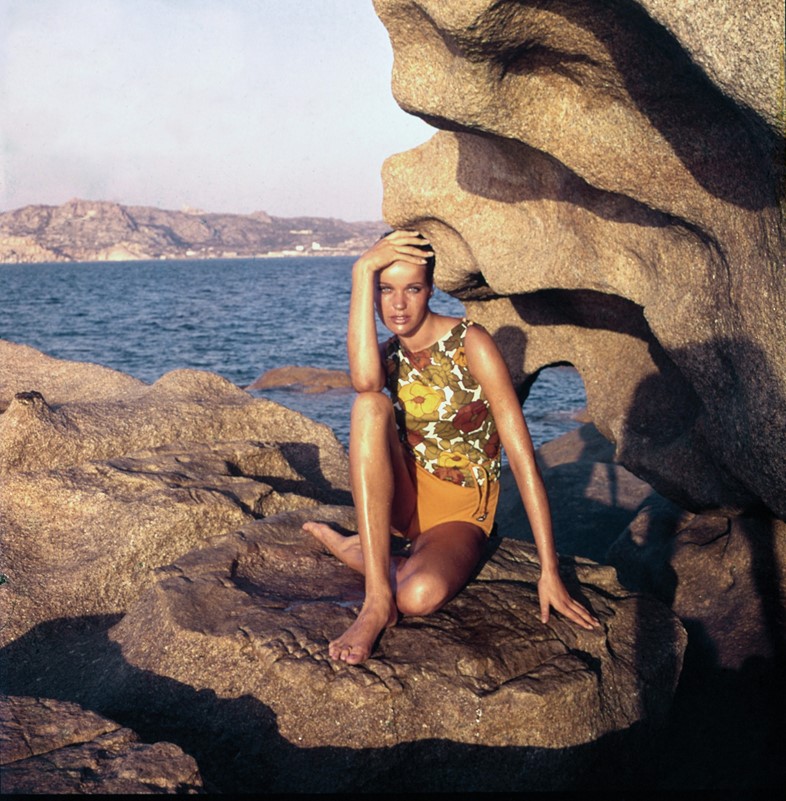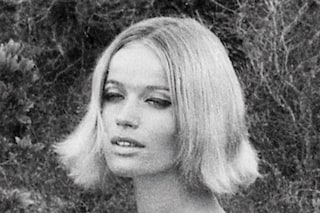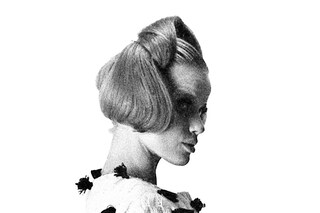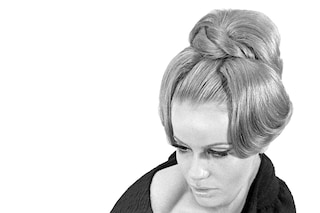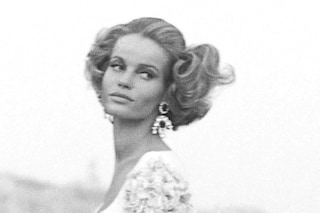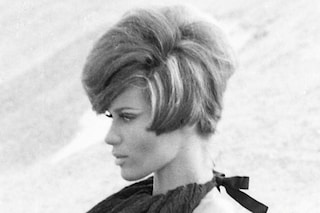The 60s supermodel talks career highs, emotive posing and her new book and exhibition, From Vera to Veruschka
Before Kate, before Naomi, Claudia, Eva and even Twiggy, there was Veruschka – the original super. Standing six foot tall with sinewy limbs, pillow lips and cheekbones that could cut glass, she revolutionized 60s fashion with her waifish, exotic beauty and inherent sex appeal.
During her time at the top, the Prussian countess clocked up 11 Vogue covers, landed a legendary cameo in Michelangelo Antonioni’s cult movie Blow-Up (where she writhed around on the floor in front of a photographer who screamed, ‘give it to me’) and became a muse to luminaries such as Diana Vreeland and Richard Avedon.
But every story – even that of an icon – has a beginning. Thanks to a glossy new tome, From Vera to Veruschka by Rizzoli, which contains a series of early shoot images by photographer Johnny Moncada, we now have a rare snapshot of the star before she became the face of an era.

Dazed Digital: We love the book Veruschka – it documents a very interesting point in your career...
Veruschka: Yes. It was right after I did test shoots, but before I did anything really big. I was still Vera Von Lehndoff, before I changed my name to Veruschka, which means ‘little Vera’ in Russian and it sounded so exotic and glamorous – that's why I decided to change it.
DD: So, Veruschka became your model alter ego?
Veruschka: Yes, exactly. It's funny because the year before I became famous I spent the year in America trying to get work and no one even noticed me. I would turn up to castings and the photographers would be like ‘ok, how pretty, thank you very much’ and then I would never hear from them.
DD: And when did things start to change?
Veruschka: I returned to New York the following year with a better understanding of the industry. I had a plan to become a whole new character, so it wasn't all so heavy for me. I just had fun and thought ‘let’s see if this works’. It did! Not everyone went for me of course, but then I saw the photographer Irving Penn and he said, ‘can you wait here a minute’. And he called [American] Vogue and said ‘we have an interesting girl here, you should see her’.
DD: Wow, and they liked you straight away?
Veruschka: Well, they asked me to try on some dresses and asked if they could see some photographs of me and I said ‘no, why should I carry my photographs around? I want to see what you do with me.’ I was incredibly sure of myself [laughs].
“Well, they asked me to try on some dresses and asked if they could see some photographs of me and I said ‘no, why should I carry my photographs around? I want to see what you do with me.’ I was incredibly sure of myself” [laughs]. - Veruschka
DD: That must have added to the allure…
Veruschka: Yeah it did. I mean the year before, when I was just Vera still, nobody cared! The pictures in the new book, that Johnny [Moncada] took, were taken at that time. If you look the images, you can see that I am just starting to try out different poses – you know, like looking out right corner of my eye instead of straight at the camera. I already started to play characters. At the beginning of the 60s, poses were very old fashioned. So, I decided not to do that and try and invent strange poses instead.
DD: It was experimental. Even in those early shots it’s clear that you have an instant connection with the camera…
Veruschka: Yes, I had that right away. I always loved to be photographed – it was a very narcissistic I guess. I never would have stayed so long in fashion if it hadn't been like theatre to me. It was like a frustrated actress doing performance art. In the book you start to see little hints of this.
DD: Yes, you transformed in front of the camera. But, did you enjoy it?
Veruschka: Well, originally I was attracted to the glamour of modelling. Coming from a tiny town in Germany where I couldn't even find shoes to fit my big feet, it felt like a whole new world. But, it wasn’t like it is now. It wasn't like the supermodel era. That all started after me, [Jean] Shrimpton, Twiggy and Donyale Luna were known. There wasn't the big fuss or money back then. It wasn't like the 80s where these girls were offered millions and were famous like actresses. I mean, I suppose I really got recognition internationally because of the movie Blow-Up.
DD: That was your big break?
Veruschka: In fashion circles I was already big, but Blow-Up turned me a household name. But, to be honest I don't think I was quite ready for it all. It was all a bit much, I was very shy.
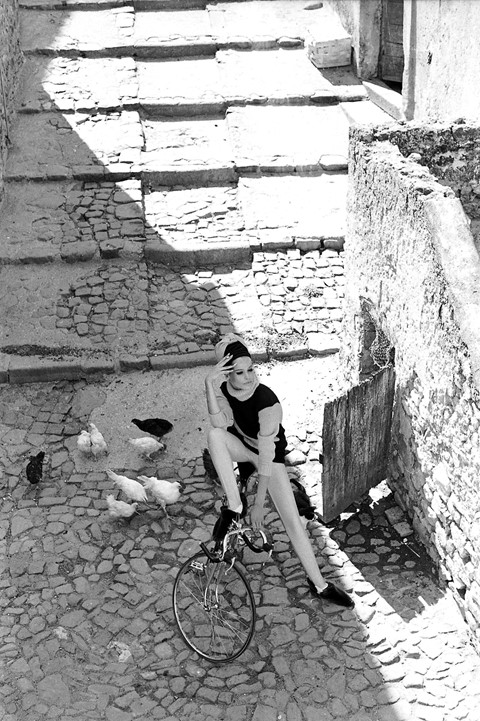
DD: Really? So, you felt the pressure of the spotlight?
Veruschka: Yes, well I was never into it. When I was living in Rome I realized that if you dressed normally, instead of my usual crazy leopard print leotards and short skirts, then the paparazzi would lose interest.
DD: Looking back, how does it feel to be the face that defined an era?
Veruschka: I'm detached from it, because my life now is about so many other things – like painting and drawing, which I love. So, it feels like another person to me.
DD: You seemed very comfortable with Johnny. He captured your spirit in a very honest way…
Veruschka: Yes, very much. I felt like part of his family, so I was very relaxed when he took my picture. I think that comes across in the photos.
DD: Who else did you love working with?
Veruschka: Richard Avedon. I mean, his pictures were so great because it was a wonderful small team and he was so sensitive. He was always so excited to do something beautiful. When he described me as ‘the most beautiful woman in the world‘]’ I thought my god, I don't think such a thing even exists! But that was another time.
DD: Yes, the world of modelling and photography have changed dramatically…
Veruschka: Completely! [Photographer] Steven Meisel even once said to me ‘you cannot believe how different it is today, everything is instant, sent to the magazine straight away’.
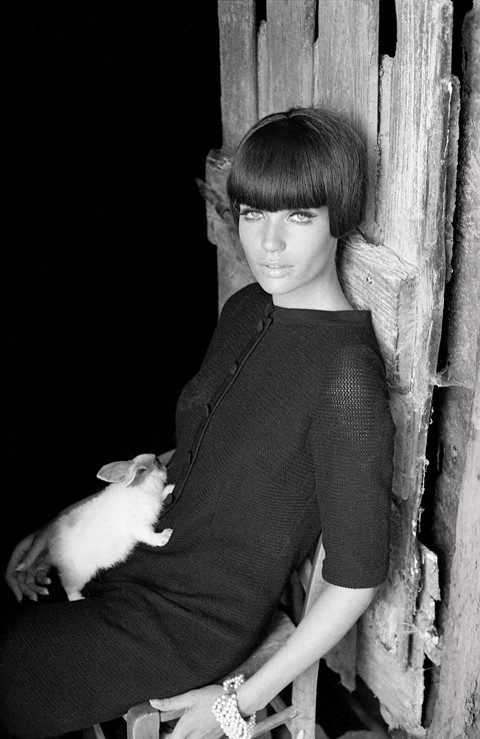
DD: Why did you retire from modelling in the 70s?
Veruschka: I knew my moment had passed when I was booked for American Vogue's big collections story and they asked me to cut my hair so I could be more relatable, and I refused to. It was time to go, and besides I wanted to focus on my writing and photography.
DD: But you made a rare return to the catwalk in SS11 for the Giles show. How was that?
Veruschka: Yes, it was at London Fashion Week. I'm a lighting freak and I didn't think it the light was great really. I won't be doing any more shows.
DD: Do you admire any of today’s models, like Cara Delevingne or Jourdan Dunn?
Veruschka: I really don't follow fashion now, but I like Kate [Moss]. She's good. She has something special.
DD: What is your definition of modern beauty?
Veruschka: It's always a pleasure to see very refined features and youthful skin, but to me there has to be something more – an expression or an emotion behind the eyes that translates in the images. I think technology makes that very difficult these days. Everyone is so manipulated that they all look the same – back then, like in this new book, you couldn't hide the flaws or the feeling. It's authentic.
From Vera to Veruschka is published by Rizzoli and is available now. From Vera to Veruschka: The Unseen Photographs by Johnny Moncada is at Somerset House from 2 April 2014 - 1 June 2014
